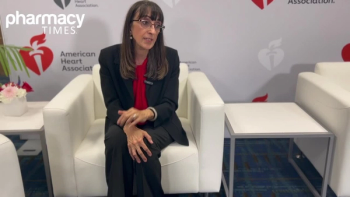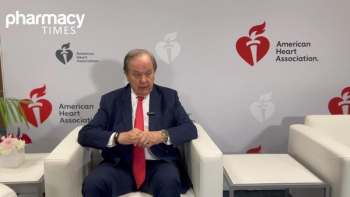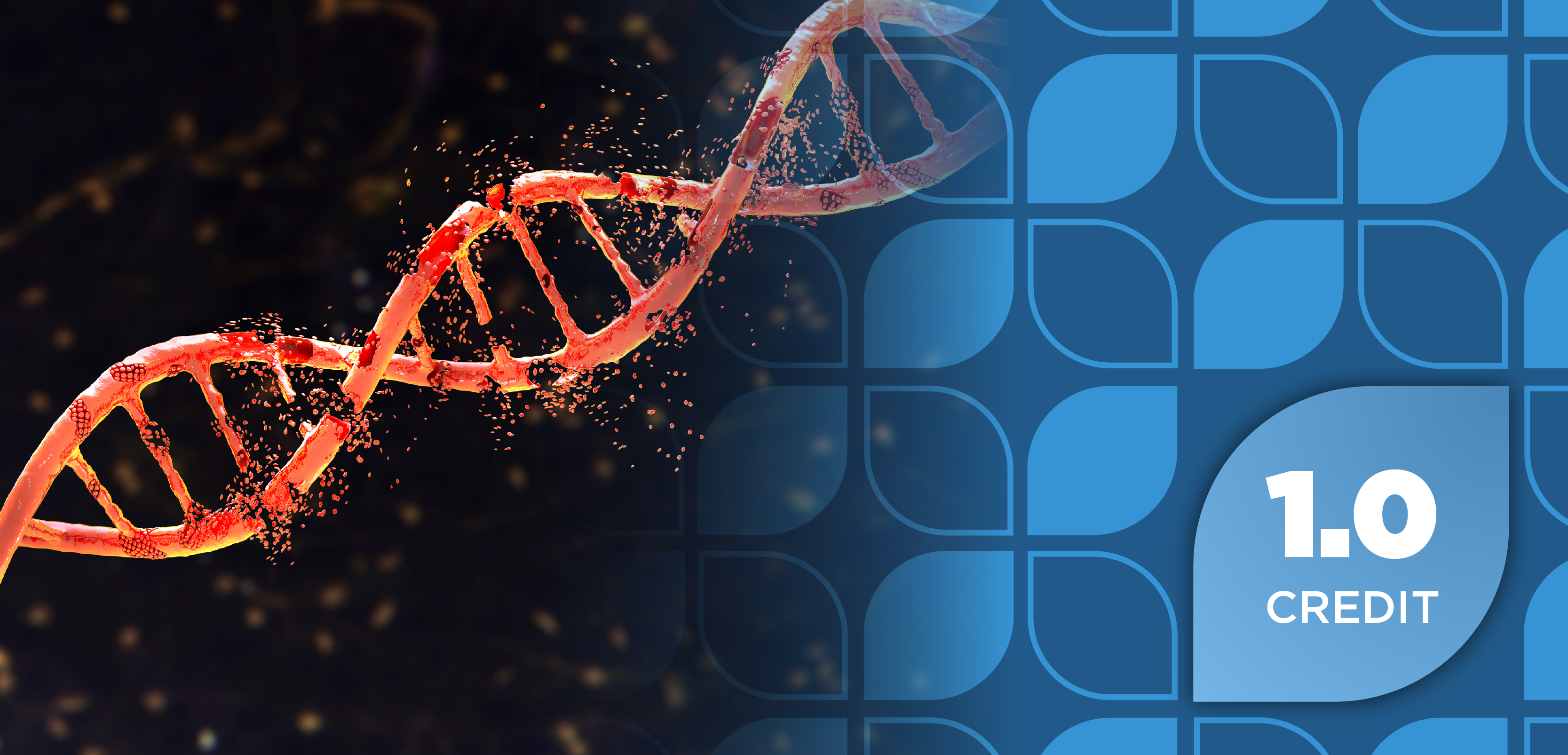
IVIG-Glucocorticoid Combination Therapy Reduces Need for Adjunctive Immunotherapy in Pediatric MIS-C
Key Takeaways
- Combination therapy with glucocorticoids and IVIG reduces the need for adjunctive immunotherapy in MIS-C patients.
- Glucocorticoid monotherapy decreases treatment failure rates and fever duration compared to IVIG.
Glucocorticoids alone were found to reduce treatment failure and fever duration, but the combination with intravenous immunoglobulin (IVIG) significantly reduced the need for adjunctive immunotherapy following treatment.
According to a systematic review and meta-analysis published in Frontiers in Pediatrics, combination therapy with glucocorticoids and intravenous immunoglobulin (IVIG) in children with multisystem inflammatory syndrome (MIS-C) meaningfully reduced the need for adjunctive immunotherapy, while monotherapy with glucocorticoids was found to reduce treatment failure rates and the persistence of fever duration.1
Risks of MIS-C and IVIG’s Role
MIS-C can cause detrimental outcomes for impacted patients. With similar presentations to Kawasaki disease, another inflammatory condition, MIS-C can emerge following a bout with an infection—such as COVID-19. MIS-C progresses rapidly and can lead to critical illness, shock, multiple organ failure, and possibly death. With over 80% of affected patients requiring an intensive care unit (ICU), elucidating proper treatments for patients and their efficacy and safety is paramount.1-3
Organizations including the World Health Organization and CDC provide treatment and management recommendations for patients with MIS-C. Disease management often includes symptomatic supportive care, antimicrobial treatment, and immunomodulatory therapy, which is typically in the form of glucocorticoids and/or IVIG. In previous literature, IVIG monotherapy or when supplemented with vitamins D and C demonstrated favorable outcomes in pediatrics with MIS-C. However, glucocorticoids alone are emerging as a potential alternative to IVIG, based on their comparable safety and the high cost and limited availability of IVIG in many countries.1-3
Investigators of the systematic review and meta-analysis sought to compare immunomodulatory therapies in MIS-C, namely IVIG, glucocorticoids, or a combination of the 2, regarding clinical outcomes, including the need for adjuvant immunotherapy, ICU length of stay, treatment failure, and fever duration, among other key end points. After an extensive database search, 14 full-text cohort studies, including 4269 patients, were featured in the analysis.1
Adjuvant Immunotherapy
To begin, the investigators evaluated the need for adjuvant immunotherapy with each intervention. According to the aggregated data, for 1225 patients treated with IVIG, 721 required adjuvant immunotherapy. In comparison, of the 663 patients in the glucocorticoids group, 314 required adjuvant therapy. However, for the IVIG-glucocorticoids combination group (1246 patients), only 352 necessitated additional adjuvant immunotherapy.1
More specifically, the proportion of patients who required additional adjuvant immunotherapy was significantly lower in the IVIG plus glucocorticoids group compared with patients only receiving IVIG (odds ratio [OR]: 0.29 [95 CI, 0.10—0.45]) and those only receiving glucocorticoids (OR: 0.44 [95% CI, 0.27—0.74]). In an interesting development, most patients in the IVIG cohort still needed adjuvant immunotherapy following treatment, according to the investigators.1
Treatment Failure and Other Key End Points
The analysis also included persistent fever or treatment failure, defined as body temperature above 38.0°C on day 2 or later following immunotherapy. Combined results indicate that the proportion of treatment failure was lower in the IVIG plus glucocorticoids group than in the IVIG group (OR: 0.46 [95% CI, 0.33—0.63]), in the glucocorticoids group than in the glucocorticoids plus IVIG group (OR: 0.51 [95% CI, 0.32—0.81]), and in the glucocorticoids group than in the IVIG group (OR: 0.23 [95% CI, 0.14—0.39]).1
Additional observations were targets for the authors. Regarding ICU length of stay, IVIG combined with glucocorticoids was associated with a relatively shorter ICU length of stay compared with IVIG but not with glucocorticoids alone. Furthermore, patients treated with glucocorticoid monotherapy demonstrated a reduced duration of fever compared with IVIG plus glucocorticoids and IVIG alone. And regarding rates of post-treatment mortality, the analysis suggested that IVIG alone was associated with the lowest mortality rate, although this data was not statistically significant.1
This review highlights the potential of glucocorticoids in the treatment of patients with MIS-C and reinforces the usefulness of IVIG in this population, particularly when combined with the former. Pharmacists and health care providers should take note of these observations when preparing treatment regimens for patients suffering from MIS-C and evaluate patients based on their tolerability of either treatment.1
“Our study demonstrates that GC monotherapy significantly reduces treatment failure rates and persistent fever duration, while combination therapy significantly reduces the need for adjunctive immunotherapy,” the study authors concluded. “For countries with limited access to IVIG, initiating GCs as first-line therapy may be a viable option.”1
REFERENCES
1. Lin J, Tong Q, Huang H, et al. Glucocorticoids and immunoglobulin alone or in combination in the treatment of multisystemic inflammatory syndrome in children: a systematic review and network meta-analysis. Front Ped. 2025;13:1545788. doi: 10.3389/fped.2025.1545788
2. Halpern L. Favorable outcomes possible with IVIG treatment for multisystem inflammatory syndrome in children. Pharmacy Times. Published September 23, 2024. Accessed June 23, 2025. https://www.pharmacytimes.com/view/favorable-outcomes-possible-with-ivig-treatment-for-multisystem-inflammatory-syndrome-in-children
3. Antrim A. Case studies show IVIG may improve neurological symptoms in pediatric multisystem inflammatory syndrome. Pharmacy Times. Published August 23, 2023. Accessed June 23, 2025. https://www.pharmacytimes.com/view/case-studies-show-ivig-may-improve-neurological-symptoms-in-pediatric-multisystem-inflammatory-syndrome
Newsletter
Stay informed on drug updates, treatment guidelines, and pharmacy practice trends—subscribe to Pharmacy Times for weekly clinical insights.






















































































































































































































